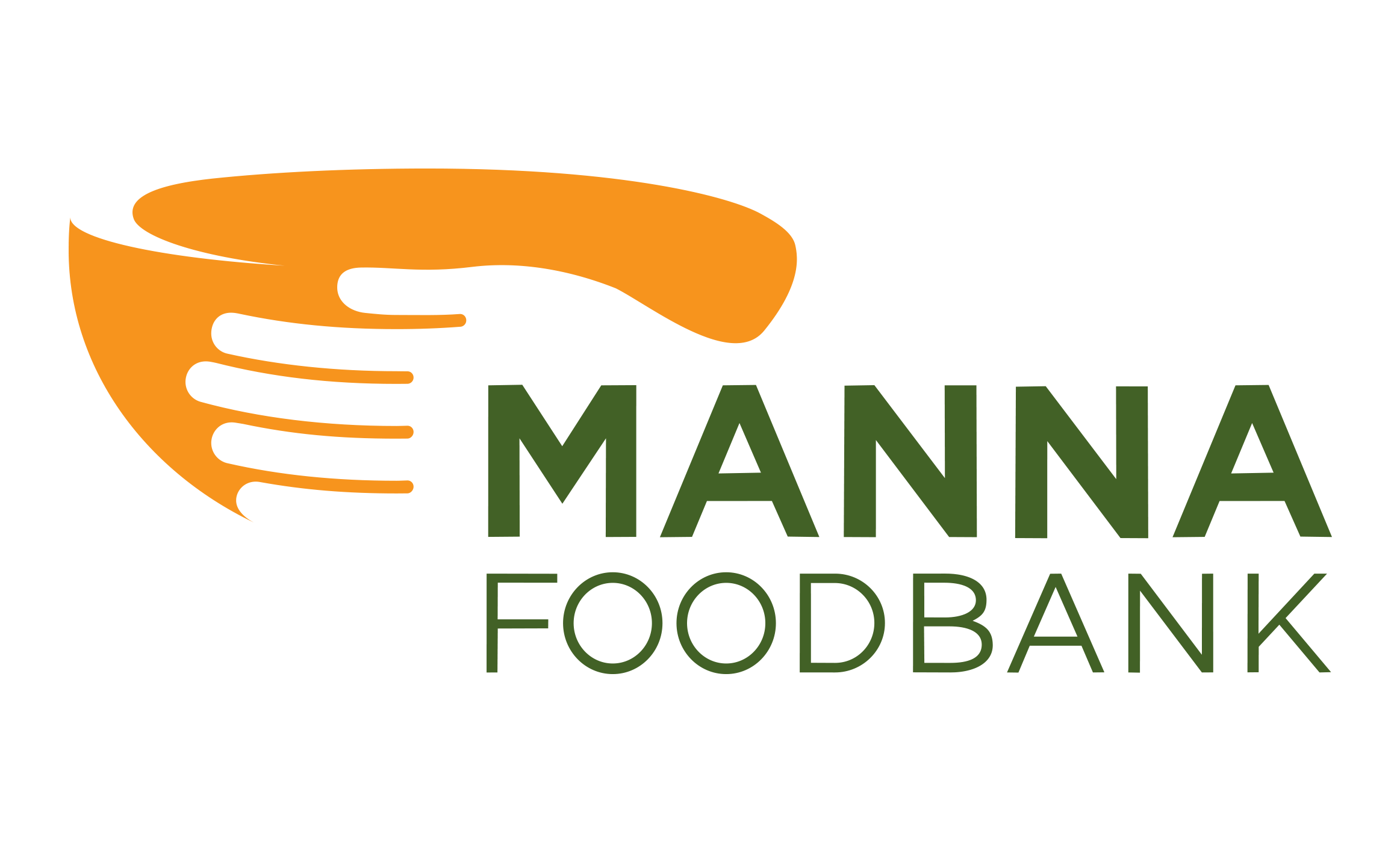Addressing Food Insecurity in the Health Care Setting
Overview
Food insecurity increases the risk of poor health and contributes to both increased utilization of and higher health care costs for individuals and the entire health system. Health care systems and individual providers increasingly recognize their role in identifying and addressing patients’ food security needs. These efforts are squarely positioned within, and not separate from, systems of health care delivery.
The anti-hunger community (e.g., anti-hunger organizations, emergency food providers) is well-positioned to partner with health care systems and providers in this work given their expertise in food insecurity and food assistance. In fact, recent innovations and advances provide convincing evidence that screening for food insecurity in health care settings can facilitate successful connections to anti-hunger resources, resulting in improvements in food security status, diet quality, and health.
MANNA FoodBank’s Work in WNC
Over the last six years, MANNA has significantly increased our ability to source and distribute more healthy foods throughout WNC. In 2016, we launched the most recent phase of our nutrition initiatives, the Nutrition Works Program, and goals of the program include:
- Implement an evidence-based training program to prepare clinicians to screen patients for food insecurity using the Hunger Vital Sign™ two-question model;
- Connect patients who screen positive for food insecurity to helpful resources, including MANNA’s Food Helpline to receive assistance with FNS/SNAP benefit applications, the client’s local nutrition-oriented food pantry and other local food resources.
Several clinics across WNC are now screening patients for food insecurity. These clinics and the Mission Health Partners Care Coordination team refer patients directly to MANNA FoodBank for assistance in accessing food. We hope you’ll consider joining the effort to identify patients who need help and get them to the resources they need.
Getting Started
If you’re interested in implementing or advocating for food insecurity screening in your location, click the links below for helpful resources, send us an email or call us at (828) 299-3663.
Videos
Food Insecurity Screening in WNC
This video provides an overview of the clinical integration program in WNC: a program launched with the support of Community Investment funds from Mission Health and as a collaborative effort between Mission Health Partners, MANNA FoodBank and the YMCA of WNC.
Food Insecurity Screening, Kaiser Permanente
This video from Kaiser Permanente provides best practices around food insecurity screening, including the perspective of a clinician personally impacted by food insecurity.
Toolkits
Food Insecurity and Health: A Toolkit for Physicians and Health Care Organizations
Feeding America, Humana - Click Here
Addressing Food Insecurity: A Toolkit for Pediatricians
American Academy of Pediatrics (AAP), Food Research and Action Center (FRAC) - Click Here
The Hunger Vital Sign
Resources from Children’s Health Watch - Click Here
Free Online Course
Screen & Intervene: Addressing Food Insecurity Among Older Adults: a free online course from FRAC and AARP designed to educate health care and community-based providers on food insecurity screening. Click Here
MANNA FOOD HELPLINE: (800) 820-1109
Food Insecurity Screening and Referral Protocol
Physicians and clinicians can play a critical role in identifying and addressing patient food insecurity. By screening for social determinants of health, they can easily add food insecurity to the clinical dialogue and make referrals to community resources if needed. The following outlines the protocol for screening and providing referrals to food insecure individuals and families.
Step 1: Screen patients following clinic procedures using the Hunger Vital Sign questions.
- To avoid appearing to single out patients, explain that “all patients are asked about access to food because it’s such an important part of managing your health.”
- “Within the past 12 months, we worried whether our food would run out before we got money to buy more.” Was that often true, sometimes true or never true for you/your household?
- “Within the past 12 months, the food we bought just didn’t last and we didn’t have money to get more.” Was that often true, sometimes true or never true for you/your household?
Step 2: Acknowledge and discuss.
- Acknowledge the problem: “That must be very difficult. I’m glad you shared your situation with me, because the kinds of foods you eat, and don’t eat, are really important for your health.”
- Discuss the importance of food to your patient’s health: “Food can be as important to managing your health as exercise; and even, in some cases, as important as the medications you take.”
Step 3: Connect to resources.
- For patients who answered often true or sometimes true to one or both questions, provide referral to the MANNA Food Helpline: a toll-free service with trained staff to assist in applying for Food and Nutritional Services (Food Stamps) and connection to other local resources.
MANNA FOOD HELPLINE: (800) 820-1109
Step 4: Document and follow up.
- Document food insecurity in the patient’s record, per clinic procedures.
- Follow up with the patient on the next visit to confirm that resources were helpful and/or to identify other needs if applicable.
